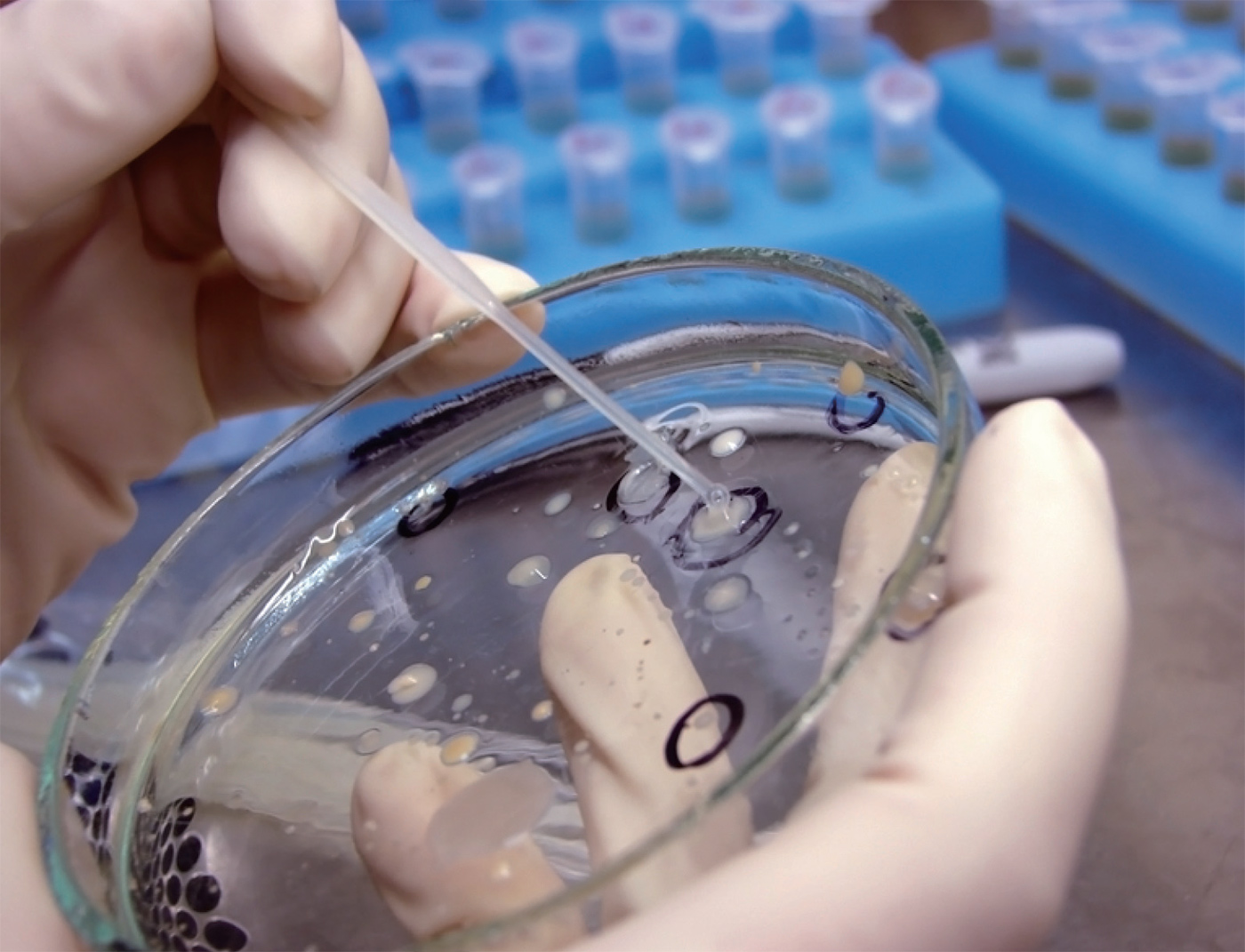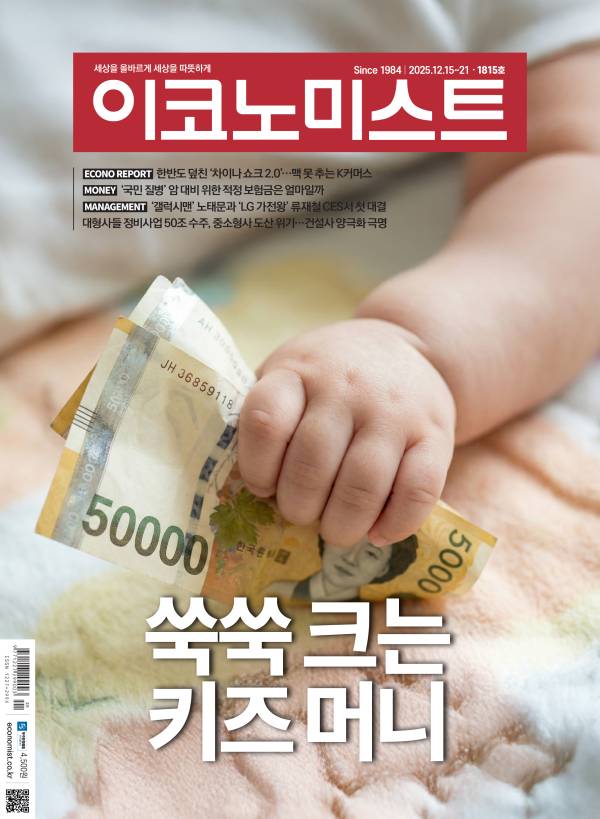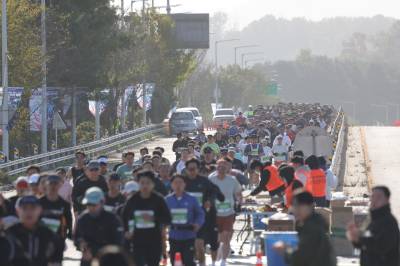- (Free MP3) 인체 미생물이 남기는 지문

YOUR AURA HAS A FINGERPRINT
All humans have a unique microbial cloud around their body that can leave clues about where they’ve been.The surface of your body is a living, breathing habitat, teeming with millions of microbes. This active layer is part of what’s called the human microbiome, and research on it has exploded in recent years. One brand-new (and stunning) fact: Your microbiome extends into the air around you. It hovers in a cloud enveloping your body and leaves bits of itself on surfaces wherever you go. In short, you have an aura, except it isn’t made of purplish light; it’s your personal cloud of dead skin cells, fungus and many, many microbes. And researchers are learning to identify you by it.
“You know the dirty kid from Peanuts? Pigpen? It turns out we all look like that,” says James Meadow, a data scientist at Phylagen, a company in San Francisco that focuses on improving the health of the indoor microbiome in places like hospitals and homes. “We give off a million biological particles from our body every hour as we move around.”
In a study he undertook while a postgrad at the University of Oregon, Meadow and research partners sampled the air surrounding 11 different people in a sanitized experimental room and sequenced the microbes emanating from them. They determined that an occupied room is microbially distinct from an unoccupied one. What’s more, after three people spent four hours in a room together, giving off their microbes, Meadow’s team was able to distinguish each person based just on the bacteria in the surrounding air. “We didn’t expect to be able to tell people apart,” Meadow says. “It kind of blew us away.”
Heat rises off the body, propelling the particles outward. How far a microbe travels is all dependent on the “viscosity of the air,” according to Meadow. “We can only feel air when it’s hitting us. But for something that tiny, air is more like water. If there’s any little bit of movement, they can just float around the room indefinitely. The tiniest bacteria can be picked up and stay in the air for hours,” he says. “Even just sitting at your desk, your cloud is probably reaching to your neighbor.”
Understanding the interplay between the microbial cloud and environment could form the basis for attempts to better engineer indoor spaces like hospitals and offices to prevent the transmission of diseases. “We could potentially design our buildings around that. If we know there’s an airborne disease risk, maybe we could develop ventilation accordingly,” says Meadow.
Another potential real-world application for microbial cloud research is forensics. While it may be “years down the road,” Meadow says, our ability to distinguish between people based on their airborne microbial signatures will likely get better and better. “Just like the detectives today are dusting a room to look for fingerprints, maybe [in the future] they’ll take a big vacuum and see what microbes are there,” says Dr. Martin Blaser, the director of New York University’s Human Microbiome Program. But Blaser wonders what the future implications of concrete microbial signatures might be for privacy. “I think it’s just like people looking at your electronic data,” he says.
While microbial cloud research is in its earliest stages, Meadow says he is “100 percent convinced” that “this, along with the genome sequencing revolution, will give us better health.” But, he says, “we need to be very careful about who gets that information about all of us.”
인체 미생물이 남기는 지문
인체가 방출하는 독특한 미생물 특징으로 우리가 어디서 무엇을 했는지 알 수 있다우리의 피부는 미생물 수백만 마리의 서식지다. 그 활성 표층은 ‘인체 미생물군집’의 일부다. 근년 들어 그 분야의 연구가 크게 늘었다. 그런 연구에서 발견된 한 가지 새롭고 놀라운 사실은 인체 미생물군집이 우리 주변의 공기로 확대된다는 사실이다. 그 미생물은 우리 몸을 둘러싼 일종의 구름 속에 떠돌며 어디를 가나 물체의 표면에 그 일부를 남긴다. 다시 말해 우리는 독특한 ‘미생물 아우라’를 갖고 있다는 뜻이다. 죽은 피부 세포, 곰팡이균 등 수많은 미생물로 이뤄진 우리 개인의 구름이다. 연구자들은 그것으로 개인을 식별하는 방법을 개발하고 있다.
병원이나 가정 같은 곳의 실내 미생물군집을 연구하는 미국 샌프란시스코 소재 회사 필라젠의 데이터 과학자 제임스 메도는 “만화 ‘스누피(피너츠)’의 지저분한 캐릭터 ‘피그펜’을 기억하는가?”라고 물었다. “우리 모두는 바로 그런 모습이다. 우리는 움직이면서 매 시간 우리 몸에서 수많은 미생물을 방출해 퍼뜨린다.”
오리건대학의 박사 후 과정을 이수하면서 실시한 연구에서 메도와 동료들은 무균 실험 공간에서 11명을 둘러싼 공기 샘플을 조사해 그들로부터 방출되는 미생물을 조사했다. 그 결과 사람이 있는 공간은 빈 공간과 미생물 측면에서 완전히 다르다는 사실을 확인했다. 더구나 메도의 팀은 3명이 한 방에서 4시간 동안 미생물을 방출하며 함께 지내도록 한 뒤 주변 공기 속의 박테리아를 근거로 누가 누구인지 구별할 수 있었다. 메도는 “주변 공기로 개인을 구별할 수 있으리라곤 기대하지 않았는데 실험 결과에 너무 놀랐다”고 말했다.
우리 몸에서 열기가 발산되면서 미생물도 함께 방출된다. 메도는 이런 미생물이 얼마나 멀리 이동하느냐는 ‘공기의 점성’에 좌우된다고 설명했다. “우리는 공기가 몸에 닿을 때를 제외하곤 공기를 느끼지 못한다. 그러나 미생물처럼 아주 작은 존재에겐 공기는 물과 같다. 약간의 움직임만 있어도 방 주위를 무한정 떠돈다. 가장 작은 박테리아도 공기 중에 몇 시간 동안 머물 수 있다. 의자에 앉아 있어도 우리의 구름은 옆 사람에게 닿는다.”
미생물 구름과 환경 사이의 상호작용을 이해하면 병원이나 사무실 같은 실내 공간을 더 잘 조정해 질병 전염을 막을 수 있을지 모른다. 메도는 “그런 이해를 바탕으로 건물을 설계할 수 있다”고 말했다. “공기로 전염되는 질병의 위험이 있다고 판단되면 그에 맞춰 통풍 장치를 설계할 수 있다.”
미생물 구름 연구를 현실 세계에 적용할 수 있는 다른 분야는 과학수사다. 공기 중의 미생물 특성을 바탕으로 개인을 구별할 수 있는 능력은 오랜 세월이 걸리겠지만 갈수록 개선될 전망이다. 뉴욕대학에서 인체 미생물군집 프로그램을 담당하는 마틴 블레이저 박사는 “수사관이 범죄 현장에 미세 가루를 뿌려 지문을 찾아내 듯이 미래엔 거대한 진공청소기를 사용해 ‘미생물 지문’을 알아내 관련자를 찾아낼 수 있을 것”이라고 말했다. 그러나 그는 구체적인 미생물적 특징의 활용이 사생활 침해에 미치는 영향을 우려한다. “다른 사람이 나의 전자 데이터를 엿보는 것과 비슷할지 모른다.”
미생물 구름 연구는 아직 초기 단계다. 그러나 메도는 “유전체 염기서열 분석 혁명과 함께 이 기술이 건강 증진에 큰 도움이 될 것으로 확신한다”고 말했다. “하지만 그런 정보의 보호와 관리에 만전을 기할 필요가 있다.”
- ZOE SCHLANGER NEWSWEEK 기자 / 번역 이원기
ⓒ이코노미스트(https://economist.co.kr) '내일을 위한 경제뉴스 이코노미스트' 무단 전재 및 재배포 금지










![갓 잡은 갈치를 입속에... 현대판 ‘나는 자연인이다’ 준아 [김지혜의 ★튜브]](https://image.isplus.com/data/isp/image/2025/11/21/isp20251121000010.400.0.jpg)
![딱 1분… 숏폼 드라마계 다크호스 ‘야자캠프’를 아시나요 [김지혜의 ★튜브]](https://image.isplus.com/data/isp/image/2025/11/09/isp20251109000035.400.0.jpg)



당신이 좋아할 만한 기사
브랜드 미디어
브랜드 미디어
"탑승자 없었다"…주가 최고치 찍은 테슬라, 무슨 일?
세상을 올바르게,세상을 따뜻하게팜이데일리
이데일리
이데일리
[단독] 전종서에 오컬트라니…설경구, 차기작은 ‘바위’
대한민국 스포츠·연예의 살아있는 역사 일간스포츠일간스포츠
일간스포츠
일간스포츠
'실버바' 씨마르자…銀통장, 한달여만 9년치 판매액 넘어[only 이데일리]
세상을 올바르게,세상을 따뜻하게이데일리
이데일리
이데일리
[마켓인]‘美 백기사’ 확보한 고려아연…법적 공방 쟁점은
성공 투자의 동반자마켓인
마켓인
마켓인
심운섭 그래피 대표 “글로벌서 러브콜 쇄도…내년 수익개선 본격화”
바이오 성공 투자, 1%를 위한 길라잡이팜이데일리
팜이데일리
팜이데일리